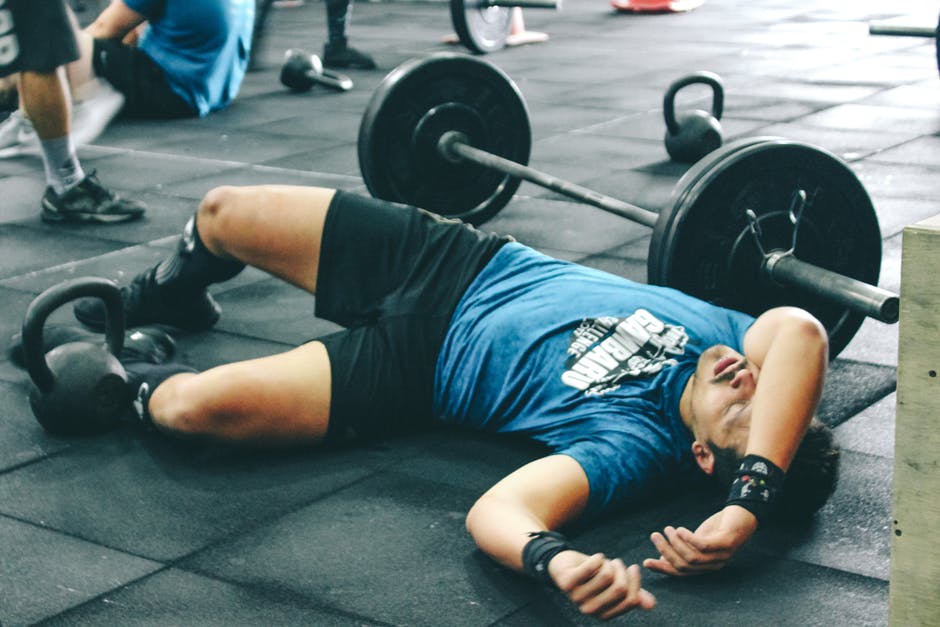Put on a workshop at Texas Woman’s University today on agility training. The workshop consisted of a lecture which focused on theory and application followed by a hand’s on session. As is often the case with something as complex as agility training, mixed messages went out to the attendees.
One of the challenges with agility training is that there isn’t a good definition of it. There are many attempts, some are very simple (changing directions) and some are complex enough that they take up this entire page. At the end of the day, agility is the closes that strength and conditioning comes to the sport. This is part of the challenge, to develop agility well one has to understand the movements and challenges inherent in the sport.
Another challenge with agility training is that every possible movement is a separate skill and there is not a lot of transfer between those skills. In other words, just because you can accelerate well does not mean that you can sprint fast over five yards, stop to lose the defensive back, then run to your right and catch the football. This lack of transfer makes it difficult to program because you can never accurately reproduce what happens on the playing field in training, there are just simply too many variables.
So the approach most often taken is to focus on some fundamental factors (strength, mobility, acceleration, reaction time) and identify fundamental movement skills to work on (start, stop, shuffle, etc.). Once this foundation has been developed, gradually start stringing the movement skills together (start, then stop, then shuffle, etc.). Once that has been mastered begin incorporating challenges such as the ball or a coach’s commands. Once that has been mastered, remove a lot of the cones and focus on reacting to situation and integrating a lot of skills (an example of one of these drills has been posted here: http://www.facebook.com/#!/HPServices ).
Attendees were cautioned that drills have major limitations and just because someone is good at the drill does not mean that they can transfer it to real life. This is why there is a progression like the one described above. Sample programs incorporating all this were provided in the power point.
We then went and practiced a lot of these fundamental skills (start, stop, shuffle, turn, cut, backpedal). After that the skills were combined (shuffle + turn + sprint, backpedal + turn + sprint, etc.). Finally, the attendees got a chance to practice several reactive drills, which is always fun. While each skill has its own coaching cues, the major ones are to focus on a low center of gravity and keep the weight on the balls of the feet. If those two things are done, you’ll be ahead of much of the competition.


